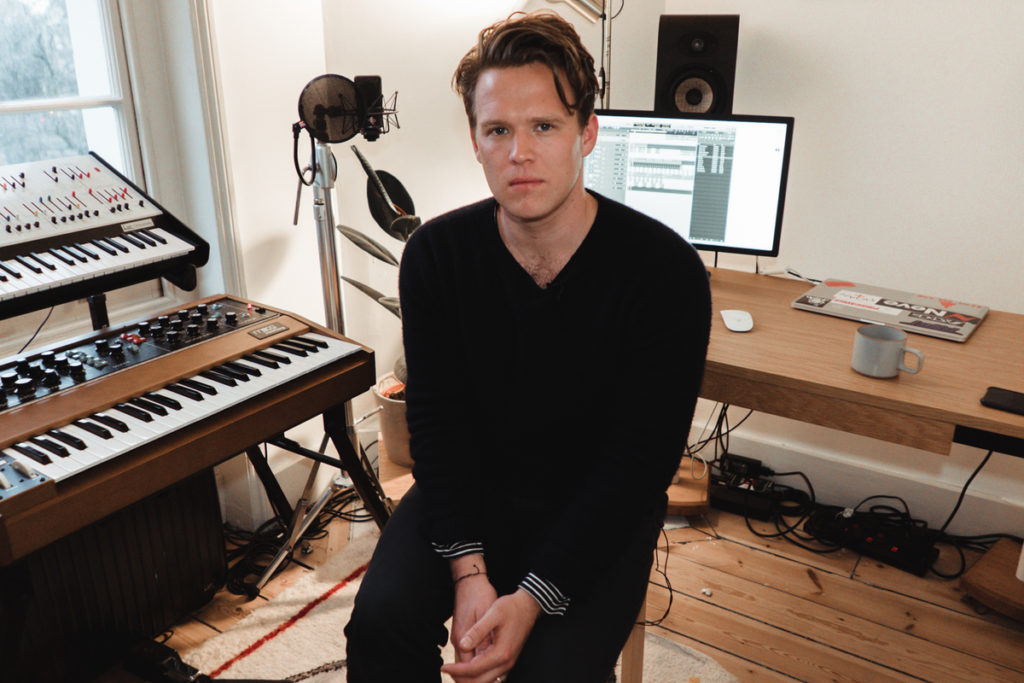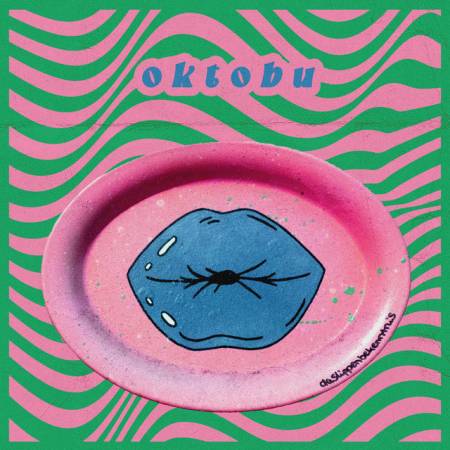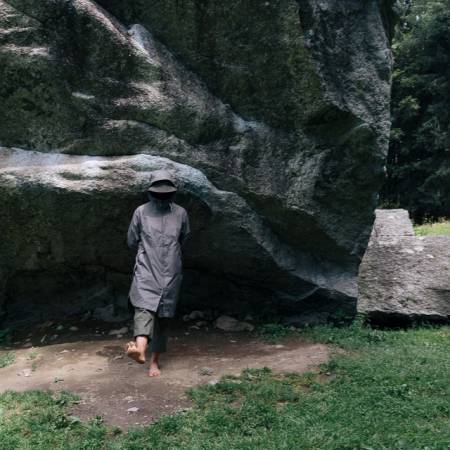We can all agree that there is something about the death of a loved one that either reminds us of important core values, or paves the way for profound epiphanies to enter our life. In the case of artists, this is generally expressed through darker, moodier tones in the music when themes of death are touched upon. However, the Grammy-winning British producer Tourist introduces us to a different perspective through his new album Inside Out.
It was all pretty hard really, but I think because of that, that’s why the music might feel uplifting. I didn’t want to write a sad, mournful record, I wanted to write a record that was joyous and ephemeral.
Tourist wrote Inside Out in response to the sudden loss of a close friend during the pandemic of 2020. That was actually the year I had also stumbled across his music through the iconic track “Elixir” from his previous album Wild. As time went on, I gradually realized how wide his reach and taste pallet is through his remixes for artists such as Christine and the Queens, Wolf Alice, and even Swedish House Mafia. Throughout his 10-year-long career Tourist has continually reshaped his sound and pushed the boundaries to the point where fans are kept on their toes in regards to what he’s going to do next. Inside Out stands as a wonderful example of this sentiment as the album is a voyage-like experience laced with constant surprises. In this interview, Tourist opens up about the new album, dealing with death, and a whole lot more.
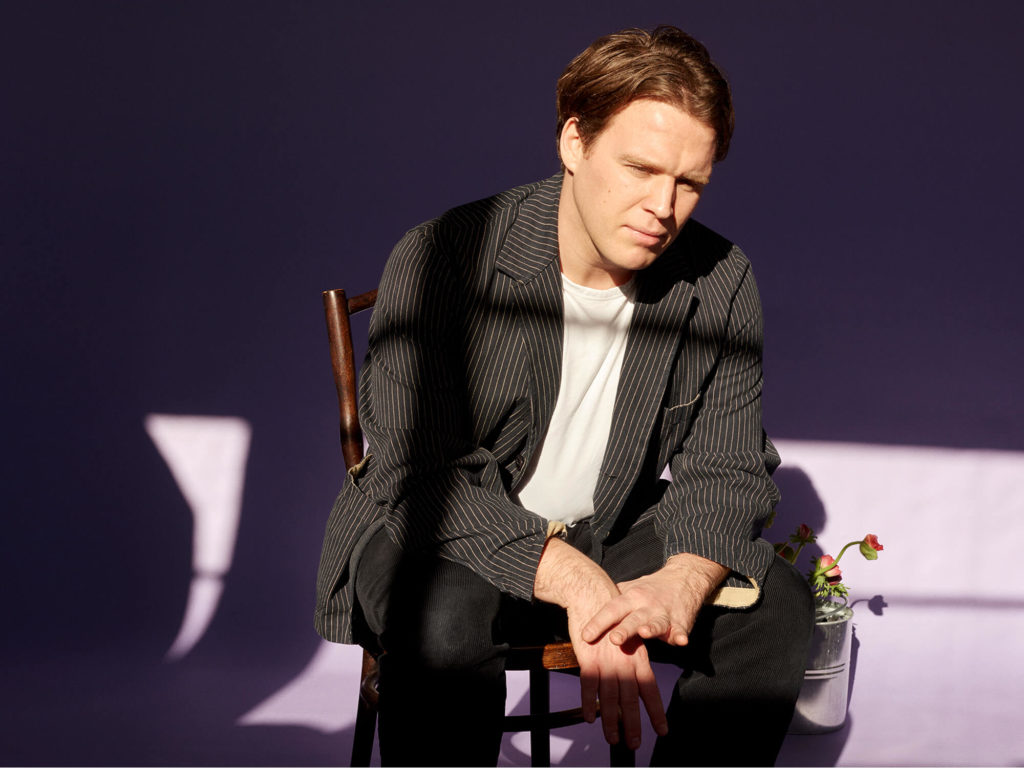
Congrats on reaching 10 years of making and releasing music! What kind of pressures do you experience as a musician at this stage of your career compared to when you first started?
Thank you very much. When I first started, I had all these huge expectations for how I would write my first album - you want it to be this summation of everything you do and represent as a musician. I quickly realized on my second record that actually, I’m in this for the long run. My favorite artists have huge catalogs, and that is precisely what makes them interesting. The pressure is off now, what’s key for me is always trying to push myself to make what I do more interesting, and to further explore sounds in a way that excites and surprises me.
Throughout your journey, you’ve done so many things… You’ve deeply touched the lives of many with your extensive catalog, you’ve won a Grammy, remixed for the biggest artists in the world, and also toured a range of different countries. Although what is one personal milestone or breakthrough you feel is yet to be reached?
Stay up to date.
New music and exclusive updates in your inbox weekly.
One of the ideas that constantly inspires me is that I haven’t written my favorite piece of music yet. That to me means more than any high-profile award, festival slot, or remix. Those things are truly wonderful and certainly bewildering when I look back at them, but I feel like what really brings me the biggest pleasure is being in the studio and happening across a piece of music that makes me feel in ways I didn’t realize I could. My milestone is to keep inspiring myself.

I’ve been hoping for an opportunity to ask you this and I’m glad the time has come. Something that is quite consistent through your records is your love affair with texture. Your use of white/pink noise and rough sounds is quite ubiquitous. I’m curious where this fascination comes from and your belief on how it amplifies the music?
Texture and sound design are so important in electronic music. I love creating something that feels as though it has this ineffable quality to it. Starting in uni I was always fascinated by field recording. It gives your music a sense of space and context. I remember when I was about 19 I wrote this track where I recorded myself walking into the room as the track was playing and then gradually the music would reveal itself, I thought it was the cleverest thing ever back then, ha!
When it comes to releasing albums, how come you usually stick to a 10-song tracklist on all of your projects? Is there a significance behind that setup?
It’s definitely intentional, every Tourist album will always be 10 tracks. If you can’t say it in 10, you can’t say it.
You’ve mentioned that your latest album ‘Inside Out’ was written in response to the sudden loss of a close friend. How is it different creating an album that serves as a response to something and a catharsis, vs creating music as a consequence of tinkering with interesting ideas?
I think I didn’t realize the album was in response to this terrible event until right at the end. I looked at what I had been writing for the past year and it was clear that I was writing music inspired by my friend, all of the track names, the samples, the mood. All of my previous albums were very intentional, I sat down and thought - I’m going to write an album. “Inside Out” is the absolute opposite of that, it is almost diaristic in its form. It was simply what I was writing in the year after something life-changing happened to me.
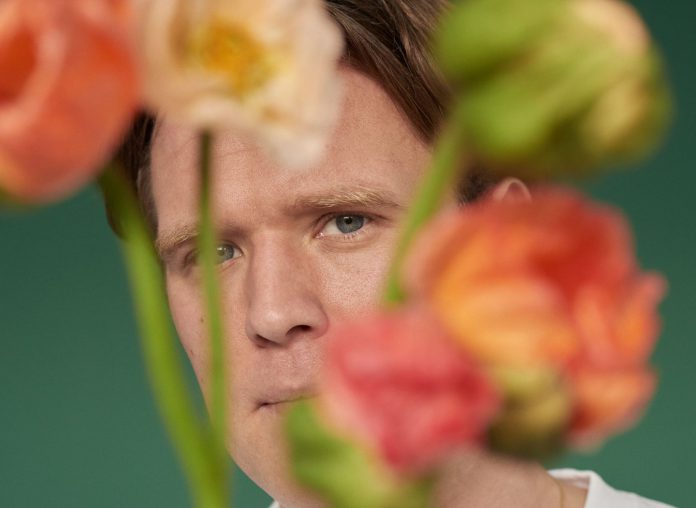
For you, what are some of the lessons that arise from the death of a loved one? And apart from music, what were among the things that helped during the grieving stage?
I think it only reaffirmed some of my instincts about life. We really only have now, we don’t have yesterday or tomorrow, we just have now. We have each other, and in each and every moment we get a choice as to how we treat each other. My friend was an exemplar of compassion and kindness, a real benchmark of a human being. What helps me is knowing that I too will die one day, and I should embrace that when I’m stressed about insignificant, trivial things. My brother-in-law once told me, “it might not feel like it now but there are many lessons in death.”
How does the minimalist artwork of Inside Out reflect the mood and experience you’re introducing listeners to?
I saw it and it immediately grabbed my attention, it's a photo that looks both forward and backward at the same time - which is so true of life, we are all consumed by what’s going to happen and by what’s about to happen. We are rarely present. The artwork feels enjoyably disorientating and peaceful all at once.
Talking about artwork… What were there any visual influences such as films, paintings, etc, that informed your sonic direction?
Not really, this was all about sound! A big part of what I do is based on impressionism, giving a hint of what you are trying to convey, a fleeting collage-like feel but there were no specific influences.
Out of the numerous themes you dive into, which would you say was the hardest to confront and convey?
It was all pretty hard really, but I think because of that, that’s why the music might feel uplifting. I didn’t want to write a sad, mournful record, I wanted to write a record that was joyous and ephemeral.
What was it about “Avalanche” and “Your Love” that made for the perfect singles?
“Your Love” is about the love of a friend, the purist most uncomplicated love there is. “Avalanche” is about losing that friend suddenly. These two tracks sum up the central story of the album.
In a previous interview, you mentioned you “try not to think” in your music production process. To take this further, for you what does it look like and feel like to be in a flow state?
It feels exactly like not thinking. The polar opposite of preoccupation and worry. It feels instinctual, purposeful and meaningful.
